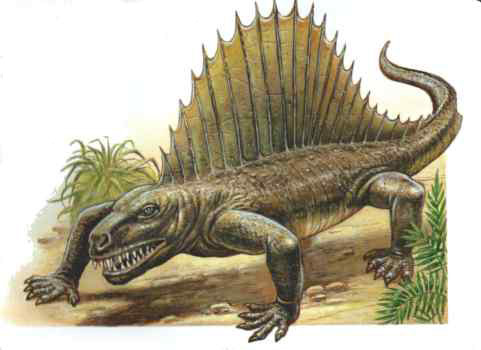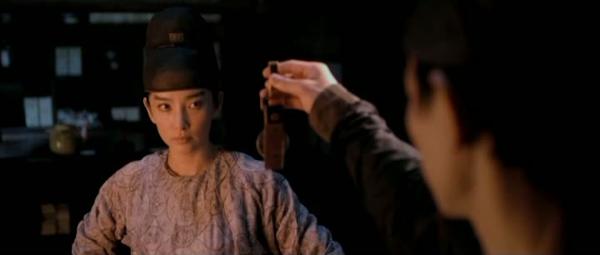Ecosystem Remodelling Among Vertebrates During The Permian-Triassic Extinction
ScienceDaily (Nov. 9, 2004) — The biggest mass extinction of all time happened 251 million years ago, at the Permian-Triassic boundary. Virtually all of life was wiped out, but the pattern of how life was killed off on land has been mysterious until now. A team from Bristol University and Saratov University, Russia, have now laid the evidence bare.
The Bristol and Russian researchers have documented the event in Russia after looking at 675 specimens of amphibians and reptiles from 289 areas spanning 13 successive geological time zones in the South Urals basin. The study will be reported in Nature Thursday, November 4.
The mass extinction at the Permian-Triassic boundary is accepted as the most profound loss of life on record. Records indicate a loss of 50 per cent of animal groups or more, in both sea and on land, with a loss of 80 to 96 per cent of species. Local and regional-scale studies of marine specimen confirm the loss, but the terrestrial record has been harder to analyse in such close detail.
There was a profound loss of animal groups, and simplification of ecosystems, with the loss of small fish eaters and insect eaters, medium and large herbivores and large carnivores. Plant life also changed, from high rates of turnover through the Late Permian period to greater stability at low diversity through the Early Triassic period. Even after 15 million years of ecosystem rebuilding, some groups were still absent—small fish eaters, small insect eaters, large herbivores and top carnivores.
The end-Permian mass extinction is now thought to have been caused by gigantic volcanic eruptions, which triggered a runaway greenhouse effect and nearly put an end to life on earth.
Mike Benton, Professor of Vertebrate Palaeontology and Head of the Department of Earth Sciences at Bristol University, said: “At the end of the Permian there was a high turnover in animal families on land however these were largely destroyed by the Permian-Triassic extinction. However, after that the animal groups recovered slowly and diversity gradually increased.â€
Ecosystem remodelling among vertebrates at the Permian–Triassic boundary in Russia, M J Benton, Department of Earth Sciences, University of Bristol, Bristol and V P Tverdokhlebov and M V Surkov, Geological Institute of Saratov State University, Russia. Nature, 4 November 2004.
Adapted from materials provided by University Of Bristol.
Flip That Environment!
The HGTV of ecology happened as the Earth was reworked into a new ecosystem. Yes, I know Flip That House! is a TLC show, but HGTV just has the better programming. Color Splash, Design on a Dime, Decorating Cents, Designed to Sell, all better than TLC’s mess of crap. Back to topic, the ecosystem at the Permian-Triassic Extinction period was totally reworked as new species showed up, replacing those lost, and the environment was altered. That is some cool evilness right there, wiping out a whole ecosystem only to replace it with your own nasty creations. Expect a repeat soon once I get the last of the nasties finished in the lab! MuHAHAHAHAHAHAHA! It will be a new dawn on Planet Earth, soon Planet Mobusu!





